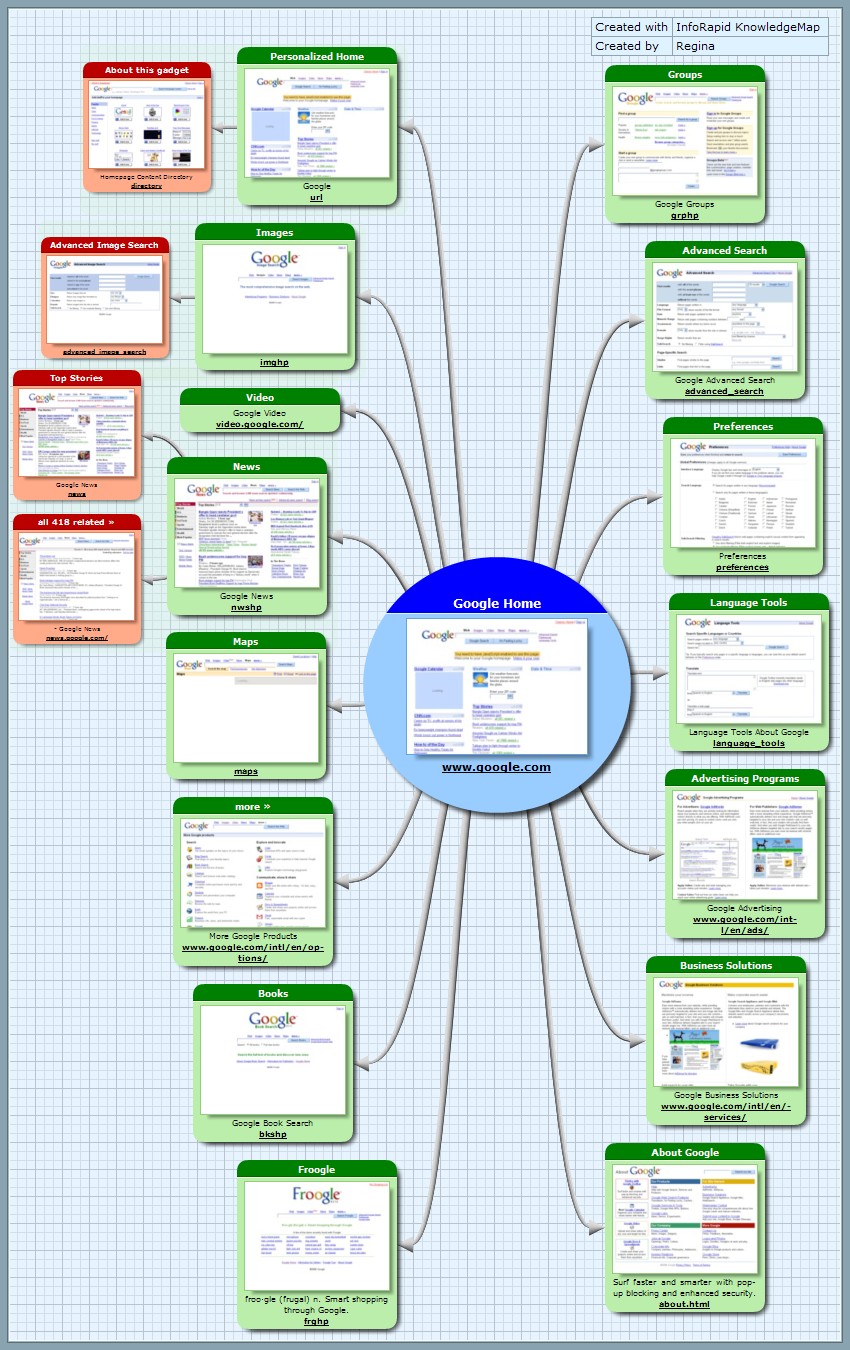Making local versions of a software requires to adapt both the language and the culture of a particular market. Most people would not care that the software they are using have been developed in Finland or in Japan but they would expect a software that gives them the impression as if it was developed not only in their native tongue but also in their own culture.
Let's imagine an educational software for children where a young character drinks a lot of coffee. While many parents in Brazil might
find that behavior absolutely natural, most parents in the United States probably
will not. Thus if you want to sell your localized product in the US market,
you might want to replace the coffee with some kind of soft drink. However, in
a localized version for the European market, soft drinks might not be the best
choice either, since many European parents consider coffee and soft drinks to
be equally unhealthy for their children. Likewise, avoiding sensitive geopolitical issues is another important consideration to make sure a software is well received in the international market.
Obviously, localization includes a lot of translation: text,
menus, dialog boxes, buttons, wizards, online help, etc. However, beyond merely translating the
language, we should also consider that currency, address, number, and date formats need to
be changed as well. Besides, for many Asian
languages the fonts and the font size have to be changed and Arabic or Hebrew require right-to-left layout of not only the text, but of the
whole user interface. As a result, localizing a software requires to support culture-aware features right from the start.
A localization
strategy that is well planned and executed will improve the success of a localization project. The initial software specifications
should consider localization as part of the product cycle.
Delaying localization to the end of the cycle can delay the shipping date because of any unexpected localization problems that require code changes. It will also increase the cost of the project as the defects will be more difficult to correct later on.







